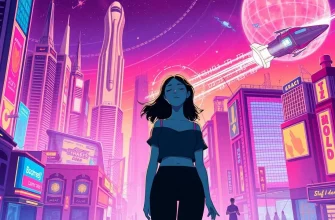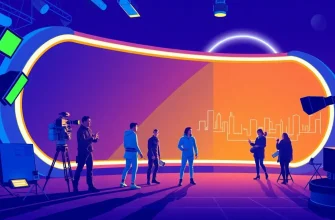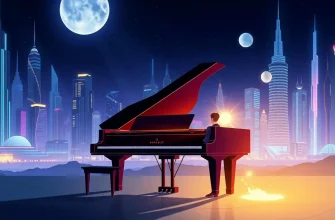Imagine stepping into a world where buildings defy gravity, cities float in the sky, and architecture itself tells a story of human ingenuity and imagination. This curated list of 10 sci-fi films delves into the realm of futuristic architecture, showcasing how visionary filmmakers have used the built environment to enhance their narratives. From dystopian cityscapes to utopian marvels, these films not only entertain but also inspire us to think about the future of urban design and the potential of human creativity. Whether you're an architecture enthusiast or a sci-fi aficionado, this collection promises a visual feast and a thought-provoking journey through time and space.
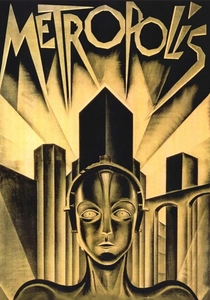
Metropolis (1927)
Description: Fritz Lang's silent masterpiece features a city of the future with towering skyscrapers and a stark division between the upper and lower classes, making it a seminal work in architectural futurism.
Fact: The film's set design was so elaborate that it was one of the most expensive films of its time. The cityscape inspired countless future depictions of urban environments in cinema.
 Watch Now
Watch Now
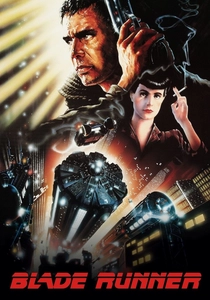
Blade Runner (1982)
Description: Ridley Scott's vision of Los Angeles in 2019 is a blend of high-tech and decay, with neon-lit streets, towering buildings, and a mix of architectural styles that define the cyberpunk genre.
Fact: The film's production designer, Syd Mead, created a unique visual style that has influenced countless sci-fi films and video games.
 Watch Now
Watch Now
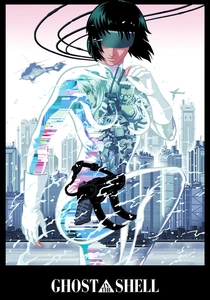
Ghost in the Shell (1995)
Description: This anime film presents a futuristic Hong Kong with a blend of traditional and futuristic architecture, creating a visually stunning backdrop for its cyberpunk narrative.
Fact: The film's design was heavily influenced by the works of architect Lebbeus Woods, known for his radical architectural concepts.
 Watch Now
Watch Now

The Fifth Element (1997)
Description: Luc Besson's film showcases a vibrant, multi-leveled New York City of the future, with flying cars and an eclectic mix of architectural styles from different cultures.
Fact: The film's sets were so detailed that they were reused in other movies and TV shows, including "The Matrix."
 Watch Now
Watch Now
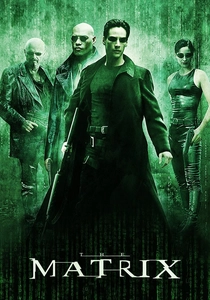
The Matrix (1999)
Description: While the real world is bleak, the Matrix itself is a virtual reality with a cityscape that combines elements of various architectural styles, creating a dreamlike urban environment.
Fact: The film's production designer, Owen Paterson, drew inspiration from various sources, including the works of Jean Nouvel and Frank Gehry.
 Watch Now
Watch Now
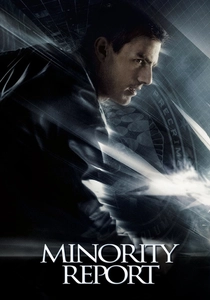
Minority Report (2002)
Description: Steven Spielberg's adaptation of Philip K. Dick's story features a sleek, transparent, and interactive Washington D.C., where architecture is both functional and a tool for surveillance.
Fact: The film's use of touch-screen interfaces and gesture-based computing was ahead of its time, influencing real-world technology.
 Watch Now
Watch Now

High-Rise (2015)
Description: Based on J.G. Ballard's novel, this film explores a self-contained high-rise building where social structures break down, showcasing brutalist architecture at its most extreme.
Fact: The film's setting was inspired by the real-life Trellick Tower in London, a famous example of brutalist architecture.
 Watch Now
Watch Now
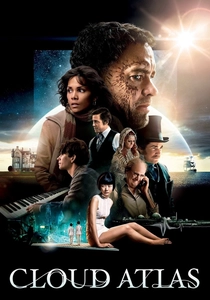
Cloud Atlas (2012)
Description: This film spans multiple timelines, with each era featuring distinct architectural styles, from the futuristic city of Neo Seoul to the serene, utopian Big Isle.
Fact: The film's sets were built in Germany, with the futuristic city of Neo Seoul being one of the largest sets ever constructed for a film.
 Watch Now
Watch Now
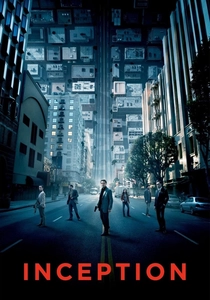
Inception (2010)
Description: Christopher Nolan's film explores dream worlds where architecture bends and folds, showcasing the limitless possibilities of dreamscapes and the subconscious.
Fact: The film's dream architecture was inspired by the works of surrealist artists like Salvador Dalí and M.C. Escher.
 Watch Now
Watch Now
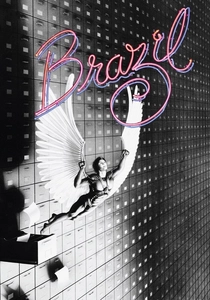
Brazil (1985)
Description: Terry Gilliam's dystopian vision includes a world of bureaucratic excess with a surreal, oppressive architectural landscape that reflects the film's themes of control and rebellion.
Fact: The film's set design was inspired by the works of M.C. Escher, creating a labyrinthine and oppressive environment.
 30 Days Free
30 Days Free




